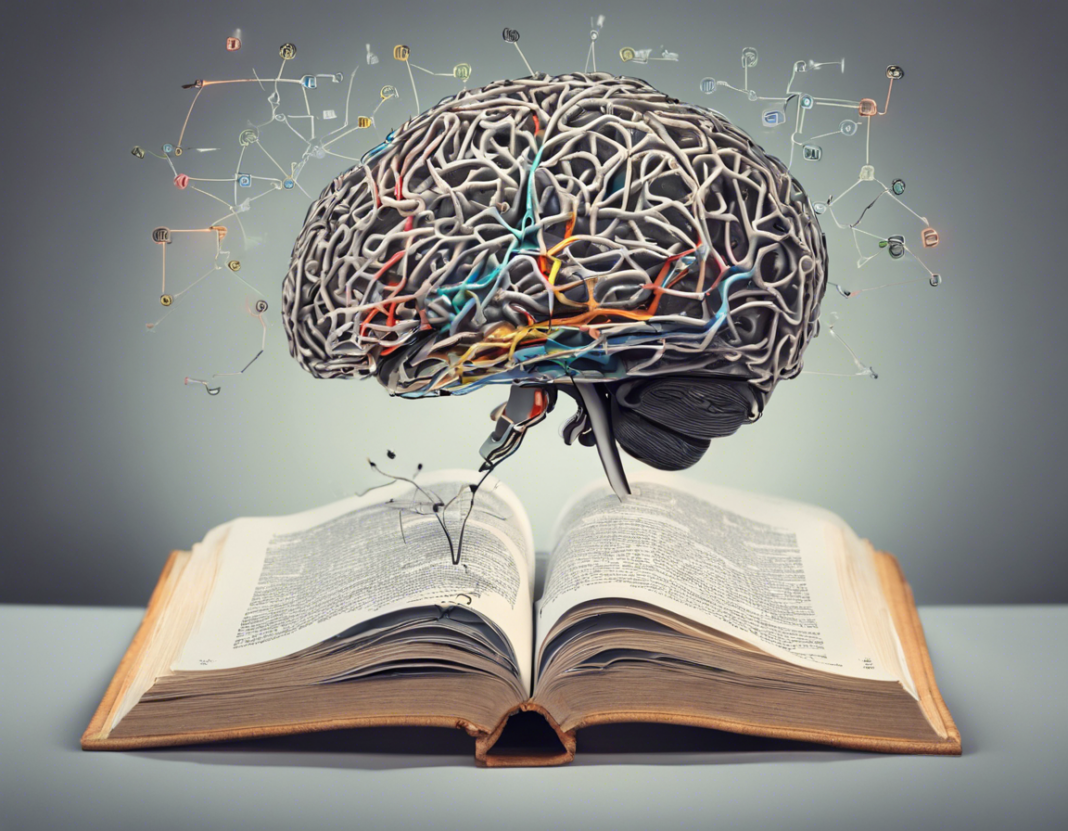Have you ever felt stuck in a creative rut, unable to generate fresh ideas or solutions to problems? Have you ever wondered how some people seem to effortlessly come up with innovative and out-of-the-box ideas while you struggle to think beyond the conventional? If so, you are not alone. Creativity is a crucial skill in today’s fast-paced and ever-evolving world, and neuroscience offers valuable insights into how we can unleash our creative potential.
Understanding Creativity from a Neuroscientific Perspective
Creativity is a complex and multifaceted process that involves various regions of the brain working together. Neuroscientists have studied the neural mechanisms underlying creativity and have identified key brain networks and pathways that play a crucial role in creative thinking.
The Default Mode Network: Unleashing the Creative Mind
One of the most important discoveries in neuroscience is the role of the Default Mode Network (DMN) in creative thinking. The DMN is a network of brain regions that are active when the mind is at rest and not focused on the outside world. This network is crucial for introspection, imagination, and creative thinking. When we engage in creative tasks, such as brainstorming or daydreaming, the DMN is highly active, allowing diverse brain regions to communicate and generate novel ideas.
Neuroplasticity: The Brain’s Ability to Change and Adapt
Another fascinating aspect of neuroscience is the concept of neuroplasticity – the brain’s ability to reorganize itself by forming new neural connections in response to learning, experience, or environmental factors. This means that creativity is not a fixed trait but a skill that can be developed and enhanced through practice and stimulation**.
Dopamine and Reward: Motivating Creativity
Dopamine, a neurotransmitter associated with pleasure and reward, plays a crucial role in motivating creative behavior. When we engage in creative activities, such as problem-solving or artistic expression, the brain releases dopamine, reinforcing the behavior and increasing our motivation to continue being creative.
Strategies to Boost Creative Thinking
Now that we’ve explored how neuroscience sheds light on the mechanisms of creativity, let’s delve into some practical strategies to unleash your creative potential:
1. Mindfulness and Meditation: Practice mindfulness techniques to quiet the mind and access your inner creativity. Meditation has been shown to enhance brain connectivity and improve cognitive function, including creativity.
2. Diverse Experiences: Expose yourself to a variety of experiences and stimuli to inspire new ideas and novel connections in the brain. Travel, try new hobbies, or simply observe the world around you with curiosity.
3. Physical Exercise: Regular physical activity boosts cognitive function and promotes neuroplasticity in the brain, enhancing creative thinking abilities.
4. Collaboration and Brainstorming: Engage in collaborative projects and brainstorming sessions to benefit from diverse perspectives and collective creativity.
5. Limit Distractions: Create an environment conducive to creative thinking by minimizing distractions and allowing focused attention on creative tasks.
Frequently Asked Questions (FAQs)
1. How does stress impact creativity?
- Chronic stress can inhibit creative thinking by activating the brain’s threat response system, which hinders neural connectivity and impairs cognitive function.
2. Can anyone be creative, or is it a rare talent?
- Creativity is a skill that can be developed and nurtured through practice, stimulation, and persistence. While some individuals may have a natural inclination towards creativity, anyone can enhance their creative abilities with the right approach.
3. How does environment influence creativity?
- The environment plays a significant role in stimulating creative thinking. Inspiring spaces, diverse experiences, and supportive peers can enhance creative expression and innovation.
4. Can technology enhance creativity?
- Technology can serve as a powerful tool for facilitating creative processes, such as digital art, virtual collaboration, and creative software applications. However, balance is essential to prevent over-reliance on technology and maintain authentic creative engagement.
5. How does sleep affect creativity?
- Quality sleep is crucial for optimal brain function and cognitive performance, including creativity. During sleep, the brain consolidates memories, cleanses neural waste, and recharges cognitive resources, all of which are essential for creative thinking.
In conclusion, neuroscience offers valuable insights into the fascinating world of creativity, shedding light on the brain mechanisms and processes underlying innovation and originality. By understanding these neural principles and implementing strategies to cultivate creativity, you can unleash your full creative potential and approach challenges with a fresh and innovative perspective. So, embark on your creative journey with confidence and curiosity, knowing that your brain is a powerful tool waiting to be unleashed.






